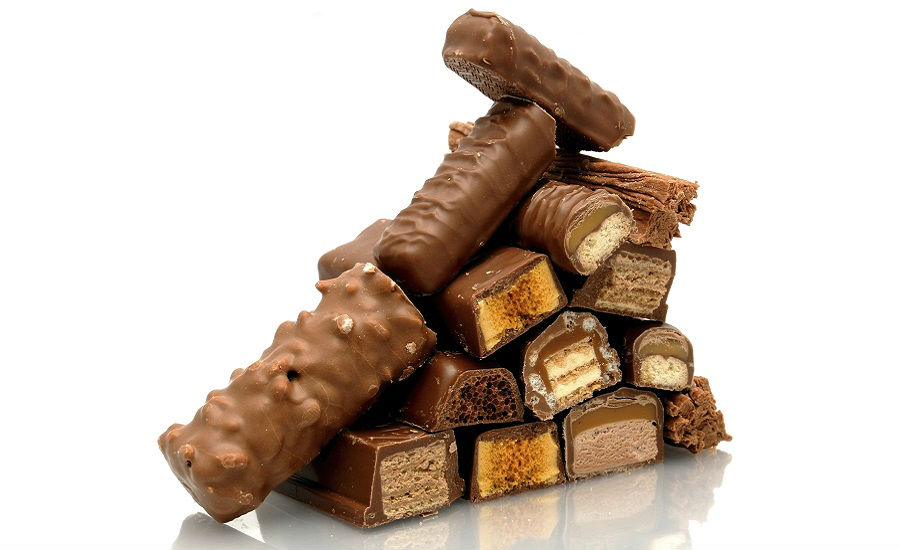Cash cows and growth engines
Balancing standard brands with consumer trends key to success.

In today’s world, it’s getting more and more difficult to step away from the intensity and pace of the tasks at hand to take in an objective view of what we’re trying to accomplish. As we all know, in the confectionery industry, no one is bent on curing cancer, landing on Mars or brokering world peace.
In simplest terms, candy makers, chocolate makers and chocolatiers, as well as confectionery entrepreneurs and executives, are looking to bring a smile and sensory satisfaction to consumers with their products.
Granted, in our global marketplace, it’s clear that multinationals are scrutinizing numbers more often than not, zeroing in on sales, growth rates, profitability, productivity and investments. That’s not to say that artisanal and mom-and-pop players aren’t doing the same. Still, they probably retain a closer connection to the consumer than the former.
With all the recent gyrations going on in the confectionery industry, such as Ferrero acquiring Fannie May Brands, CEMOI Group picking up Chris Candies and Mondelez and Hershey undergoing key executive changes, I thought it might be wise to get some outside perspective.
Periodically I get a publication called U.S. Talking Points from Rabobank, written by senior analyst Nick Fereday. It’s essentially a brief on recent events affecting the food and beverage industries, peppered with Fereday’s observations.
In the April issue, he shared his insights from two food events: the Consumer Analyst Group of New York (CAGNY) conference and the Natural Products Expo West show. He had some interesting observations on both, which I heartily recommend all of you take a look at. Two things, however, stood out for me: balance, with regards to long-term goals and short-term delivery, which applies to large as well as small companies; and the future of packaged food.
One would be hard pressed to find anyone in the food industry to contradict the statement that healthy, on-the-go snacking is a mega trend. Yeah, we all want cleaner labels, better ingredients, sustainable manufacturing practices, ethical operating rules and environmentally friendly logistics, but are consumers willing to pay for it?
Many say they do, but who can really afford it? Everyone wants a good deal. I’ll cite the success of Aldi and Lidl in Europe. As one European colleague pointed out to me, you’ll find as many Audis, BMWs and Mercedes parked at these discount grocery chains as you will less luxurious cars.
Millennials talk and indicate they want all these things, but their financial realities prevent them from doing the walk. Yes, there’s tremendous opportunity in producing better-for-you and more premium products, but don’t forget Daisy, the cash cow.
As Fereday writes, “…chill guys, not everything has to be health and wellness.”
So don’t neglect your power brands. Leverage them. Dress them up. Let me provide you with a couple of examples: Chocolate-covered pretzels and caramels. Who would have thought that by drizzling dark chocolate, caramel and sea salt on a pretzel, one could create a premium chocolate-covered pretzel?
And need I mention the power of covering caramel in dark chocolate and sea salt? More than a few mid-sized manufacturers that I know are forever grateful for their popularity.
And now, let’s address the future of packaged food. Fereday, who steadfastly has maintained that the “future of packaged food is bright,” cautions that it might not “necessarily be the type of packaged food we are used to eating.”
That also applies to confections, sweet and savory snacks. The continuing growth of nutraceutical confections cannot be ignored. The mainstreaming of marijuana is also gaining traction. Add to that the personalization of confections, from consumer involvement to corporate connectivity, and there’s definitely change percolating.
Still, let’s not forget about the balance. Keep the cash cow healthy by feeding Daisy a good base of brand-building bravura. At the same time, rev up the tractor to plow new growth fields, planting innovative crops in fallow fields.

